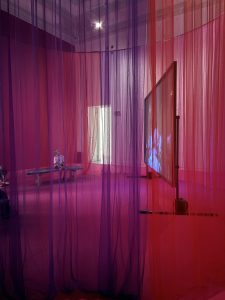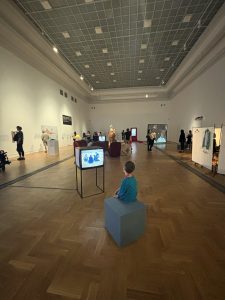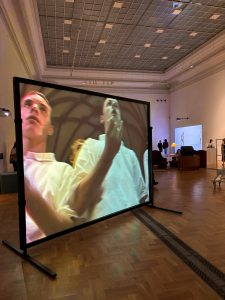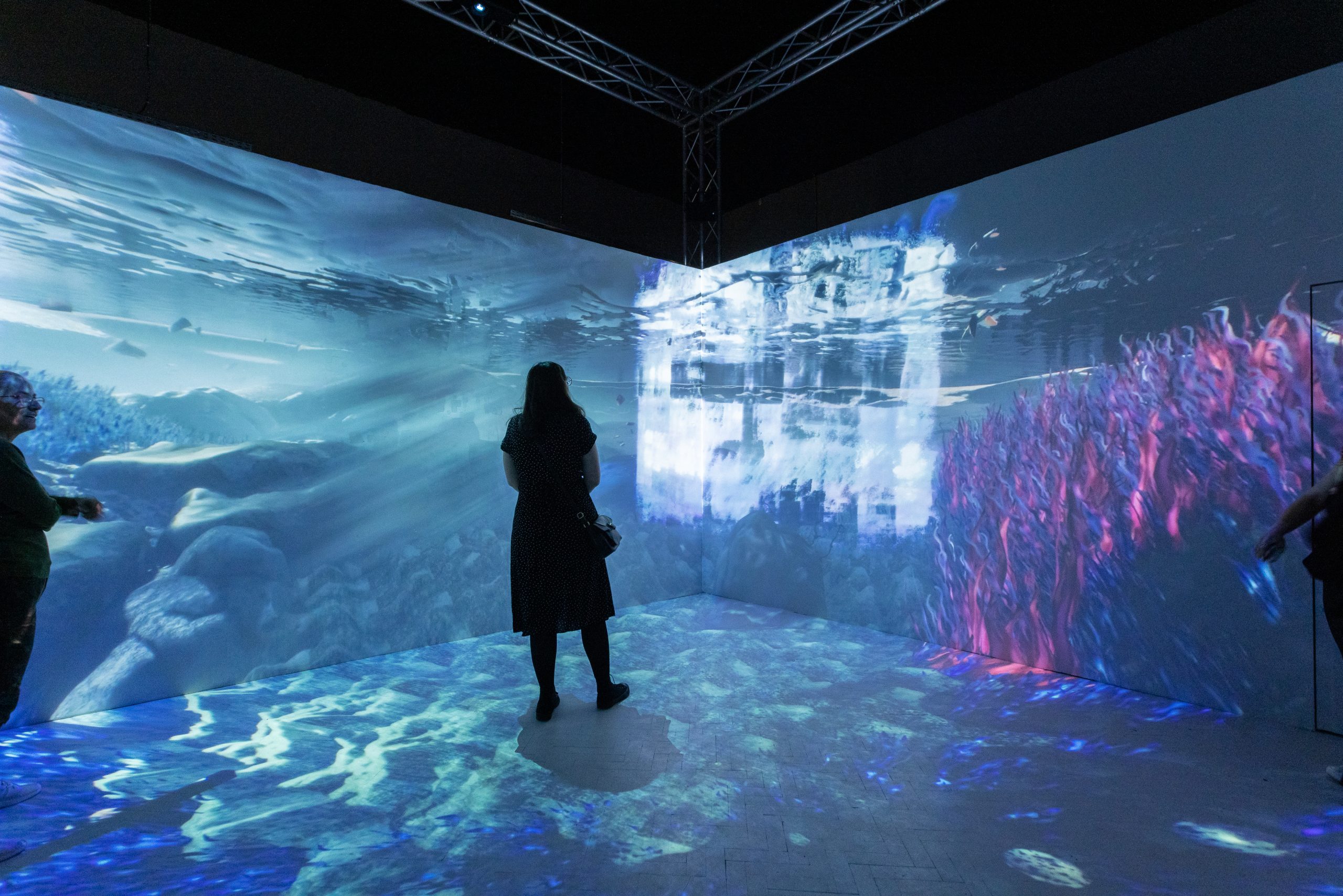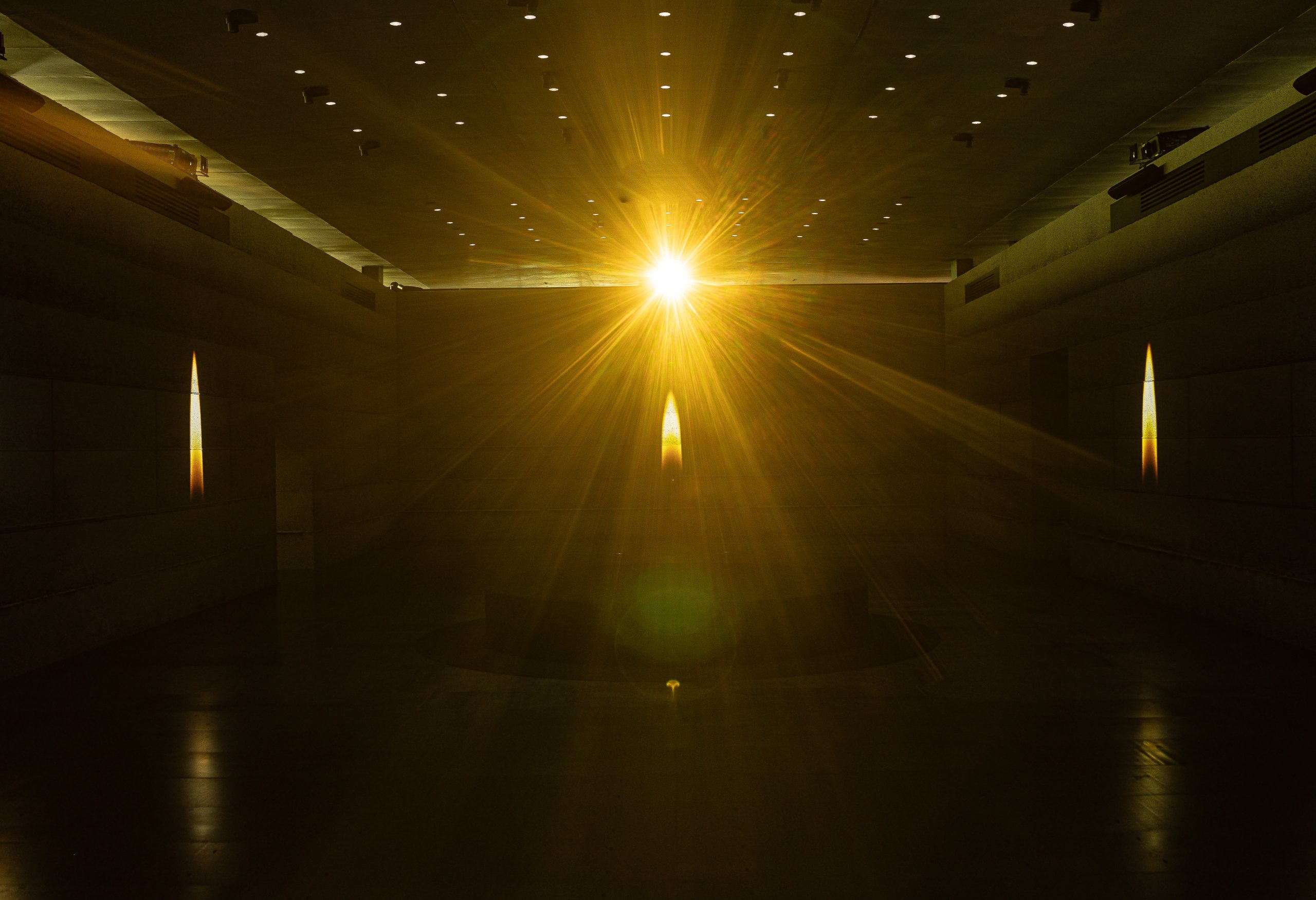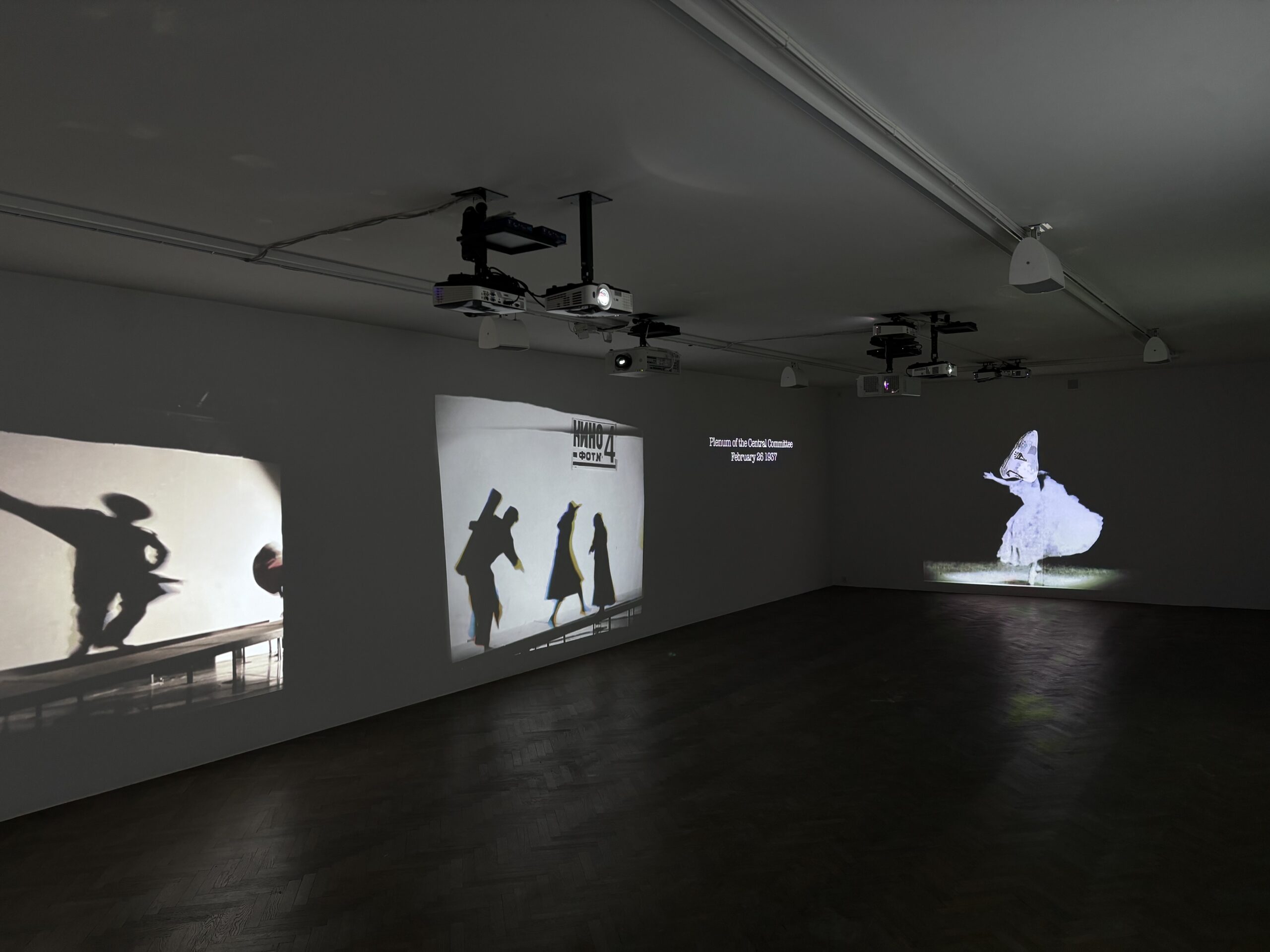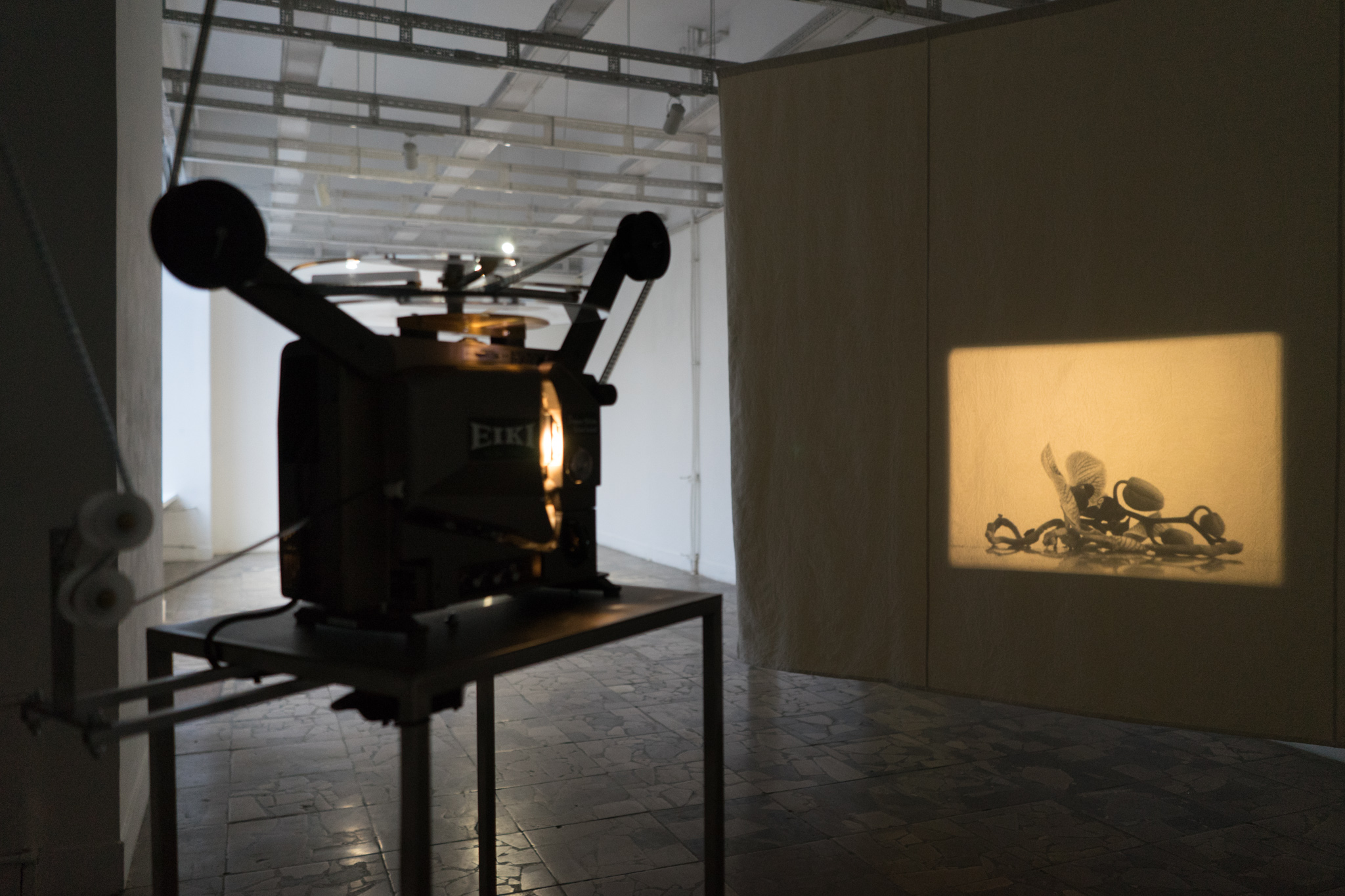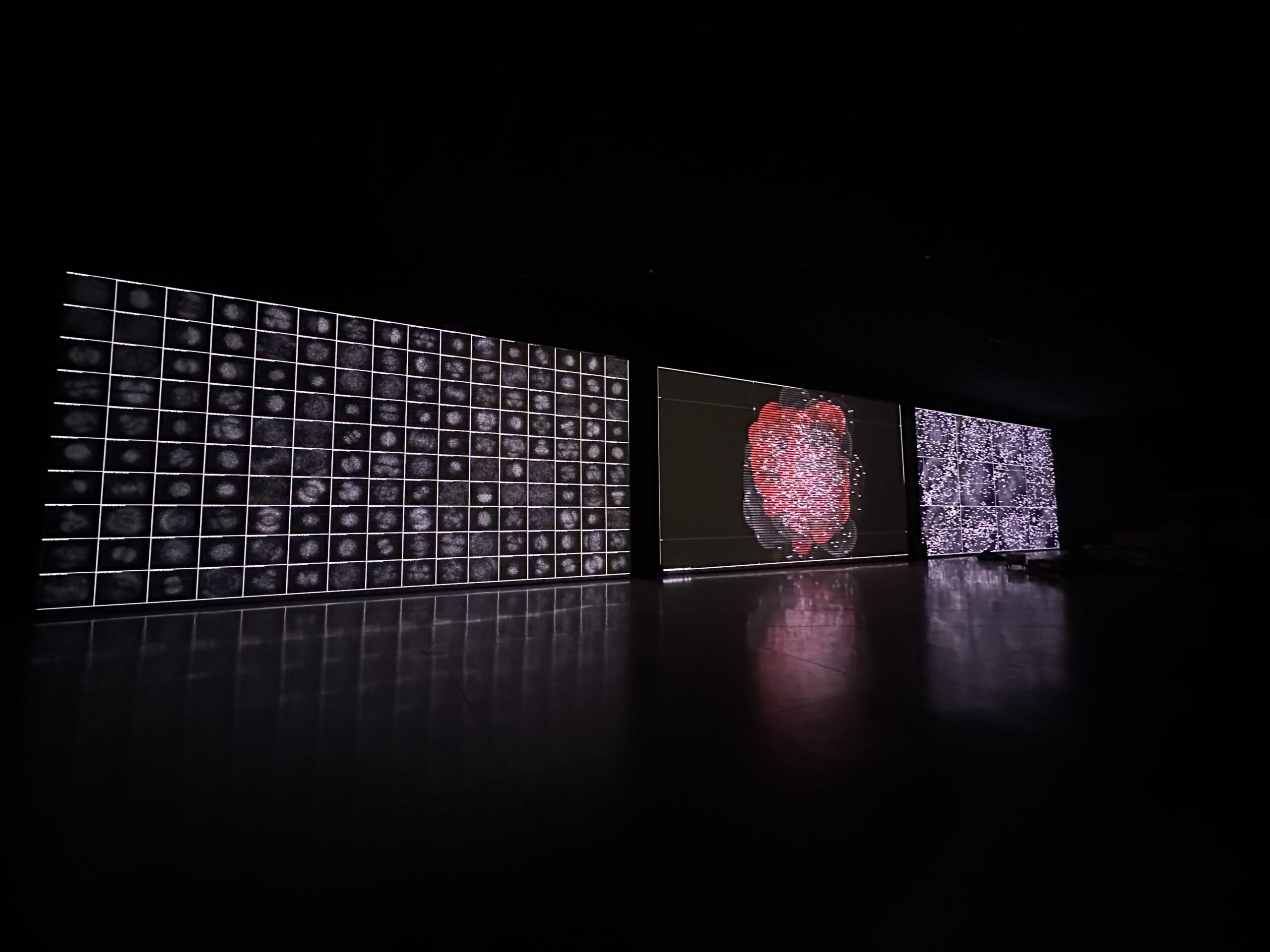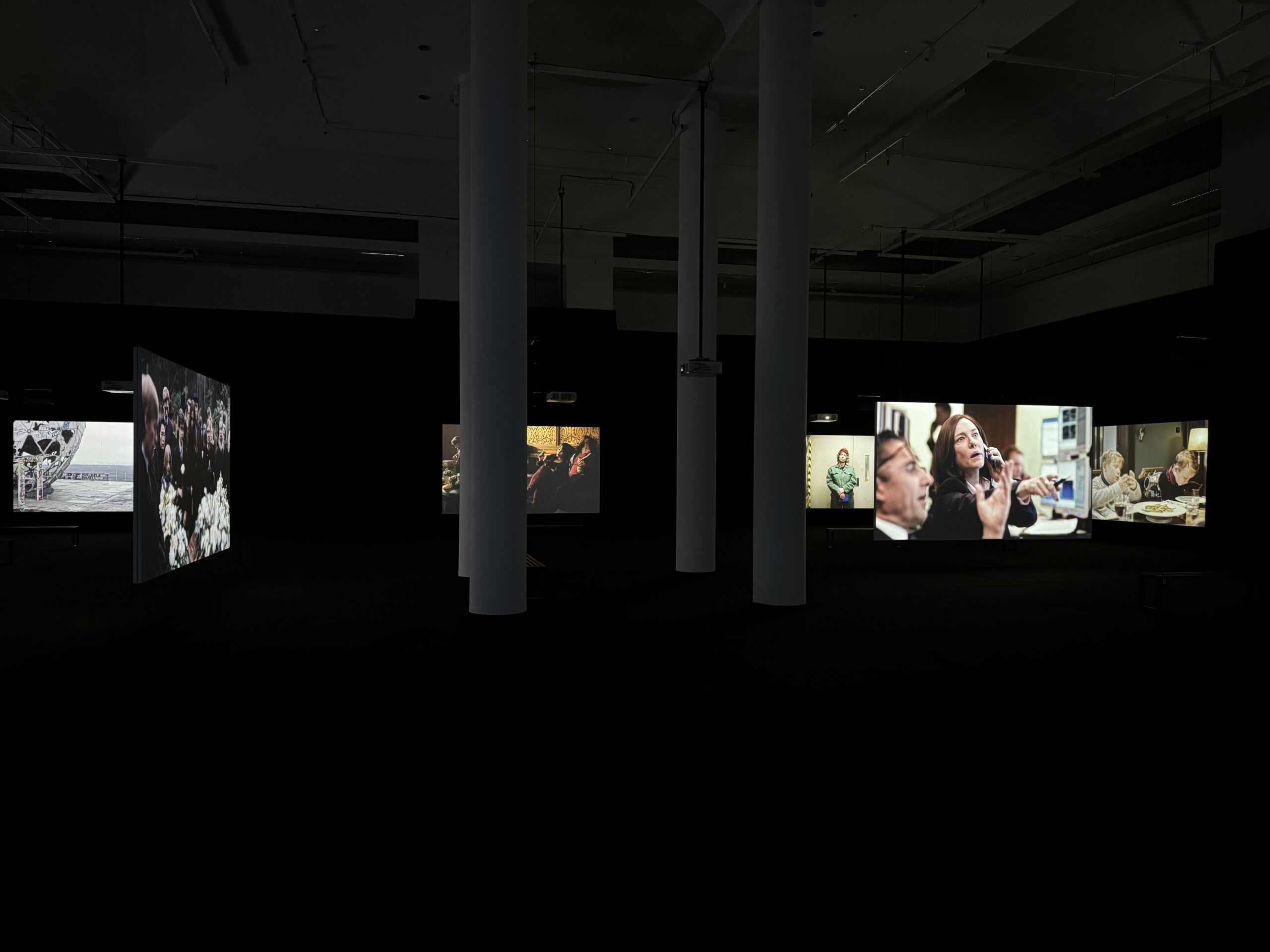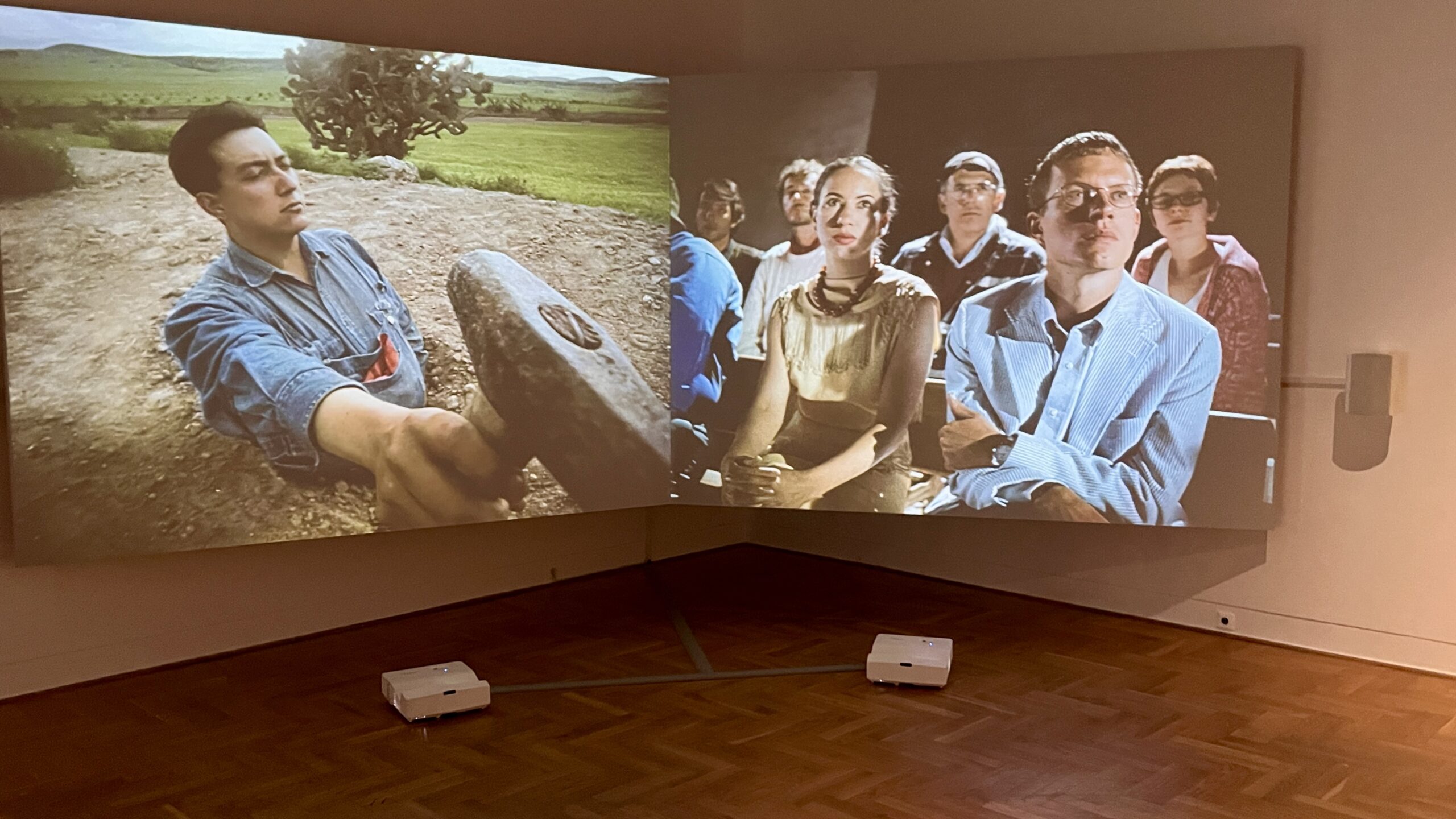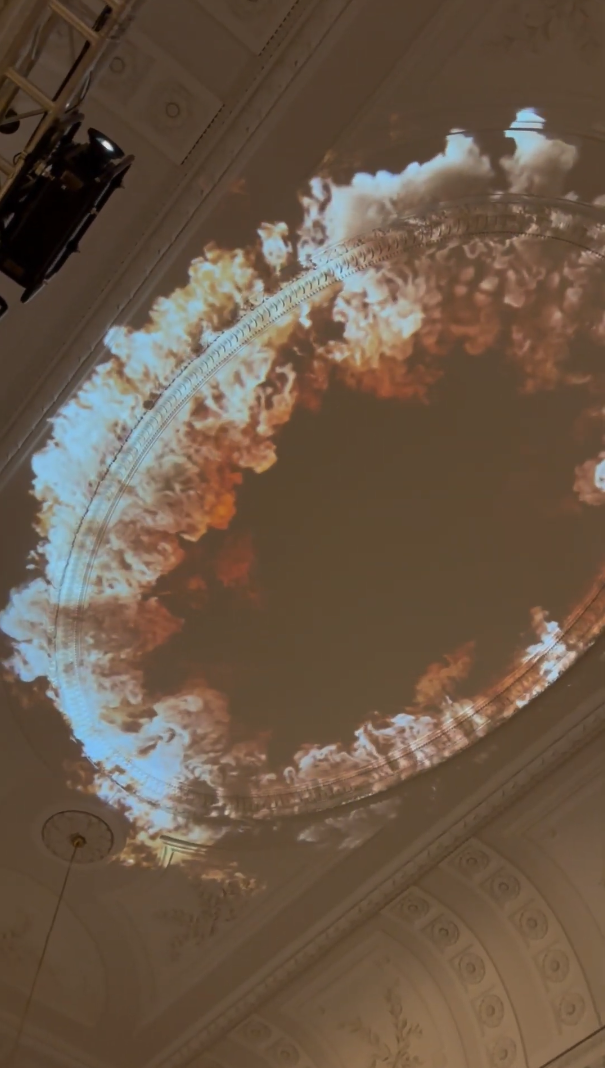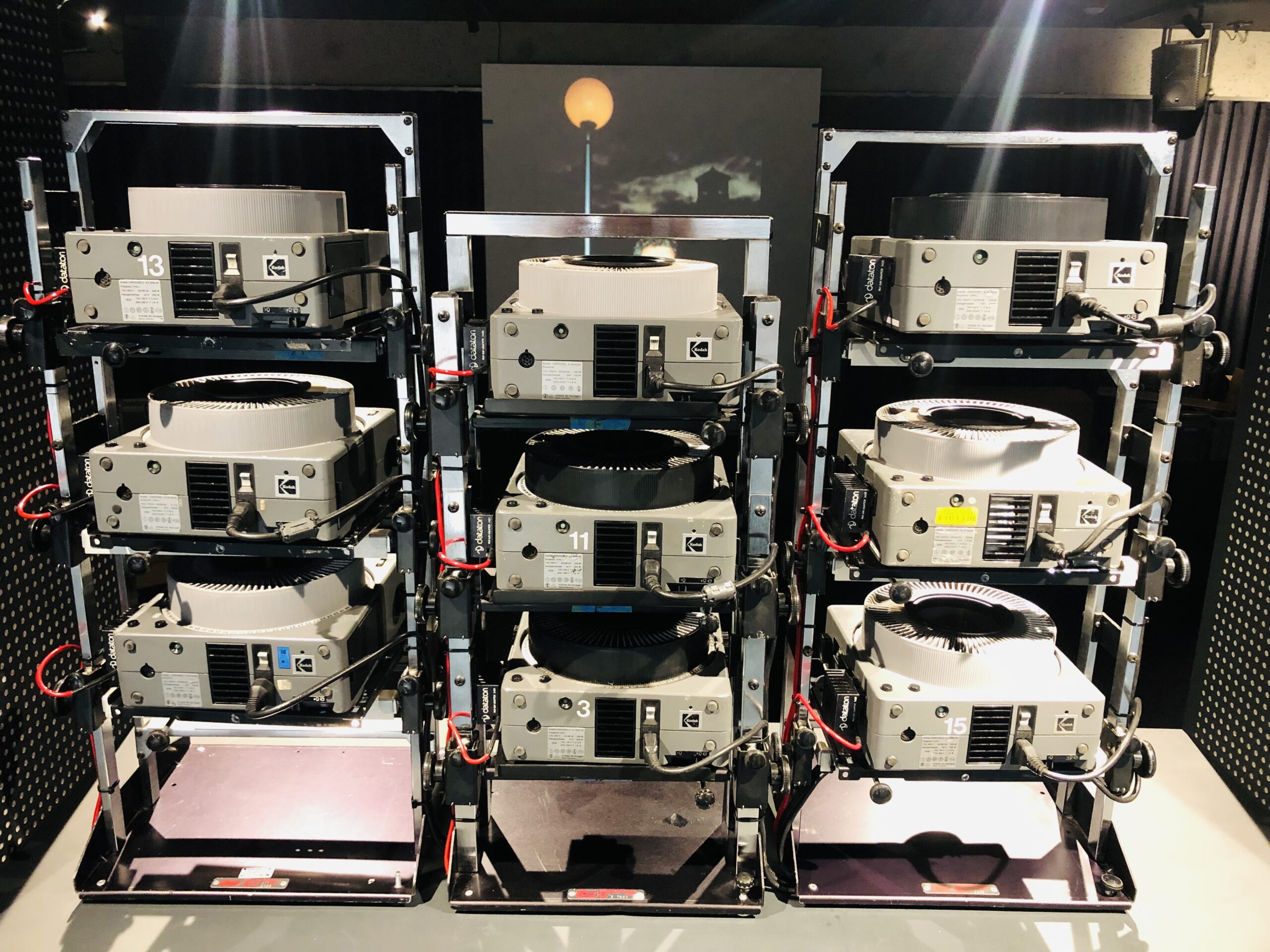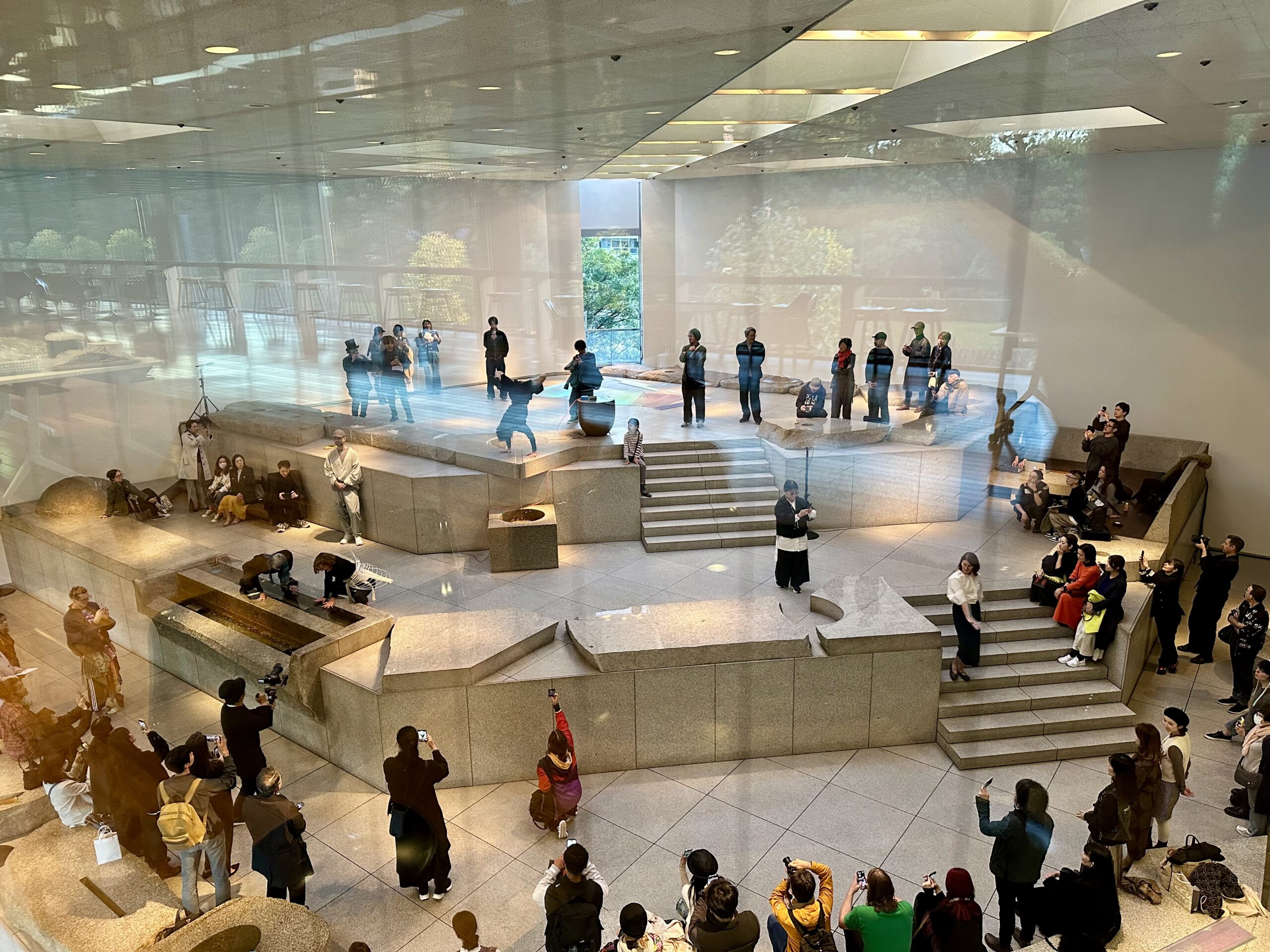Zachęta – Tears of Happiness
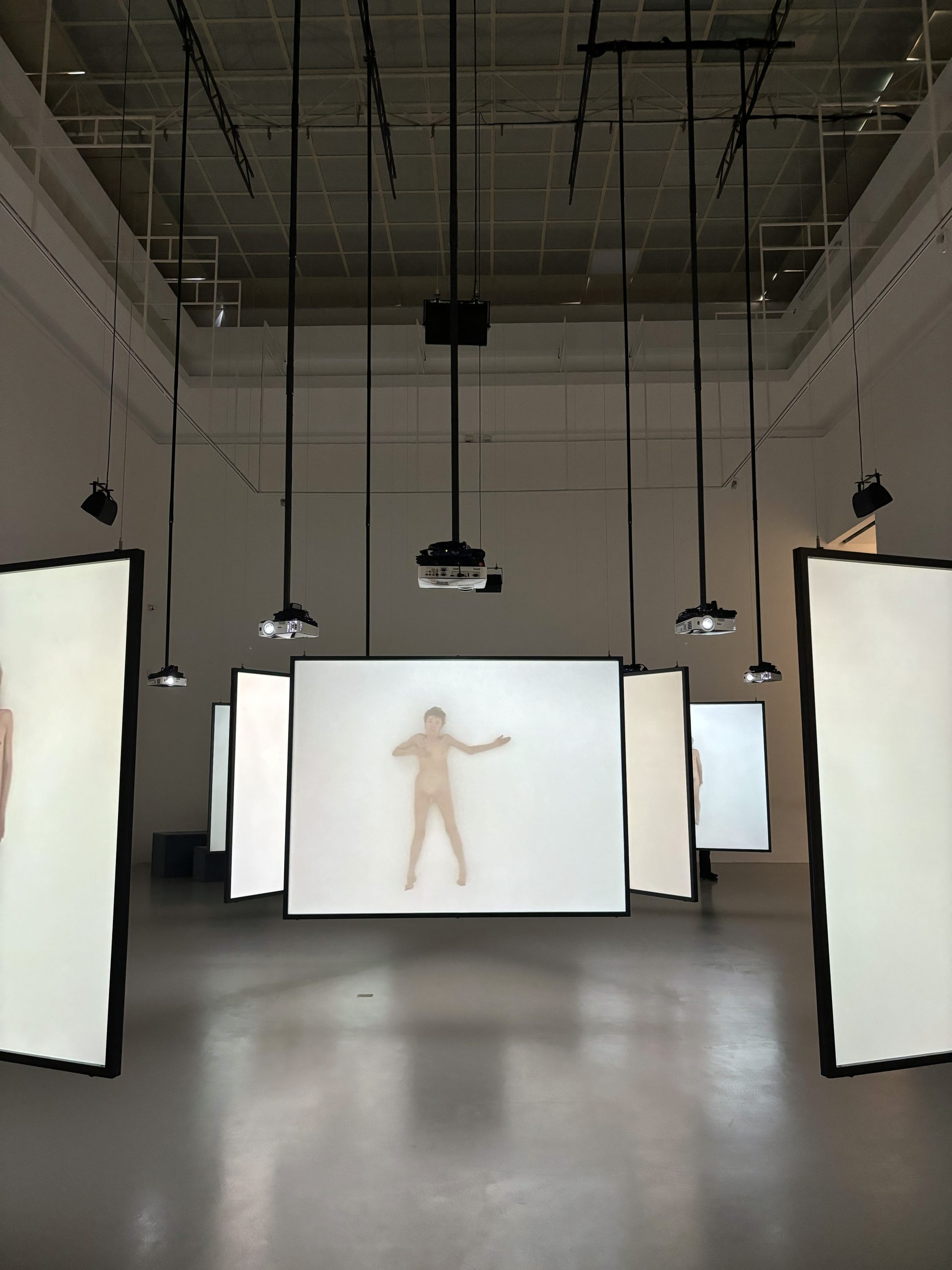
The exhibition “Tears of Happiness” at the Zachęta National Gallery of Art in Warsaw is a unique event that blends contemporary art with reflections on emotions typically seen as positive but which can also have deeper, more complex meanings. The title of the exhibition refers to the paradox of joy, which is not always straightforward and can sometimes intertwine with sadness, longing, or nostalgia.
The exhibition showcases works by artists from various fields, including painting, sculpture, installations, and multimedia, exploring the theme of happiness in a multidimensional way. The artists aim to capture moments of joy that often accompany us in daily life, as well as those fleeting ones that leave a lasting impression.
The exhibition invites reflection on different aspects of human emotions and experiences, encouraging visitors to ask what it truly means to be happy. The curators strive to show that happiness can have many faces and is an integral part of our lives, often present in moments we are not fully aware of.
The exhibition is intended for both adults and younger audiences, offering various workshops and accompanying events that allow for interactive engagement with the theme of the exhibition.
The multimedia section of the “Tears of Happiness” exhibition at Zachęta is one of the most significant elements of the entire display. The curators utilized modern technologies to present the complexity of emotions associated with happiness in an unconventional way. The multimedia installations engage various senses, enabling visitors to experience the theme more deeply.
The exhibition features video projections that showcase personal narratives about happiness, created by artists from different parts of the world. These films often blur the lines between documentary and art, portraying moments of euphoria as well as reflections on the fragility of those experiences.
One of the standout installations is a multi-screen projection that presents various scenes from everyday life, edited in a way that suggests the complexity and layers of emotions.
Photo by Katarzyna Miękus
